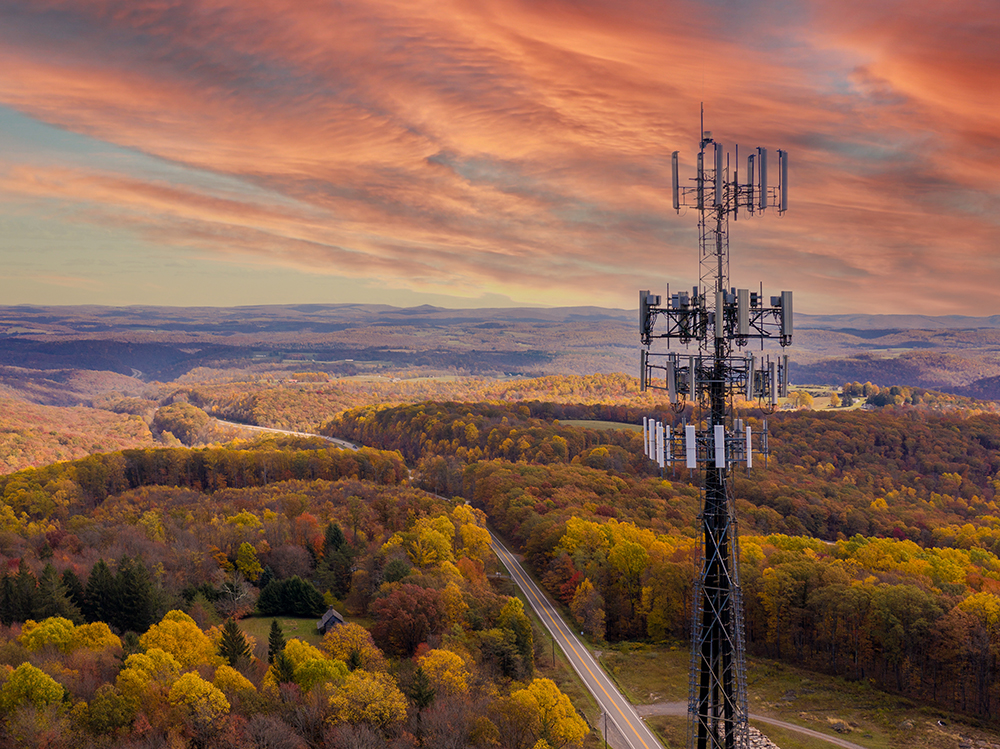
Lawmakers on Wednesday approved a measure to help expand broadband access in “unserved” parts of the state.
That bill (HB 1239), which passed both chambers unanimously, would expand on last year’s bill transferring the Office of Broadband to the Department of Economic Opportunity and bolstering its mission. House sponsor Rep. Josie Tomkow, a Polk City Republican, said the bill would “eliminate our digital divide throughout our state.”
The proposal would encourage broadband companies to expand to rural areas by creating a path for the necessary infrastructure, including by identifying federal grants available for local spending. The legislation no longer includes a sales tax exemption, which means the bill will not have a fiscal impact on local governments. Previously the bill provided a tax exemption for equipment used in the expansion.
Florida Internet and Television Association, which represents Comcast, Charter, Fox, Mediacom and Atlantic Broadband, has said the cable companies support the bill even with the removal of the tax exemption.
The bill would create the Broadband Opportunity Program within the Office of Broadband to provide grants to extend broadband access to areas without it. For-profit and nonprofit businesses, local governments, and more, could file for grants to install and deploy broadband infrastructure under the proposal.
The Broadband Opportunity Program portion, originally filed as a separate bill (HB 753) by Gainesville Republican Rep. Chuck Clemons, originally tied itself to the Multi-use Corridors of Regional Economic Significance (M-CORES) program to help fund the broadband initiatives, but lawmakers are moving to cancel that program, which explored the possibility of adding three additional toll roads in Florida.
The House already approved the bill unanimously on Monday, but the Senate on Tuesday added a $1.5 million appropriation to develop maps of broadband availability in Florida by the end of June 2022. That’s a measure Tallahassee Democratic Rep. — now Sen. — Loranne Ausley carried last year and filed again this year.
Existing maps mark a region as covered if at least one building has broadband access. Under the proposed legislation, the public could provide input on whether they have broadband access.


